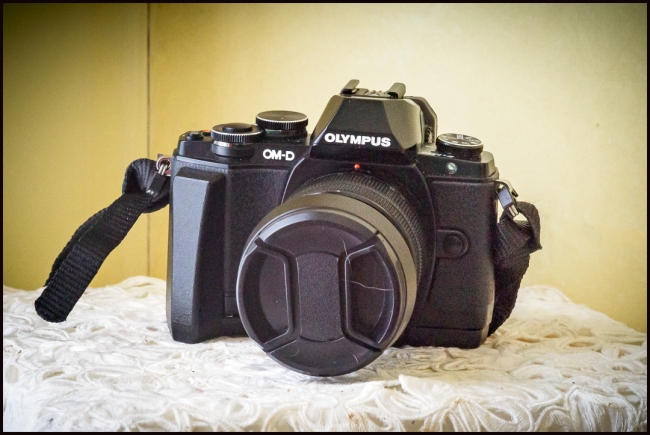Back in February I posted about my newly acquired Micro Fourth Thirds (MFT) camera: a second hand Panasonic Lumix GF-1. In that post (see A new (used) camera: Panasonic Lumix GF-1 ) I extolled the virtues of this camera and talked about how much I loved it. However, anyone reading this blog will have noticed that I’m now using a different MFT camera: an Olympus OM-D E-M10. If I liked the GF-1 so much how is it that I’m now no longer using it as much?
Well, I still love the form factor of the GF-1: how small and light both the body and the lenses are. And I still like it that you can use MFT lenses on both Panasonic and Olympus bodies. However, as I used it more and more I realized that I was missing some of the features that I had become accustomed to on some of my other camera bodies. These included:
1. Wireless. I have found it convenient to connect a camera to my iphone so as to be able to quickly transfer photographs that I don’t want to edit and to quickly upload them to social media. I missed this on the GF-1.
2. Image Stabilization. As I get older my hands as not as steady as they once were. Image Stabilization helps.
3. Tilting Screen. I often want to get down low to take a shot. The GF-1 does not make this easy. As the screen is fixed I pretty much have to lie down to take the shot. I can usually get down, but my aging body finds it hard to get up again. A tilting screen allows me to just bend over to get the picture.
4. Electronic Viewfinder. The GF-1 does not have a built in electronic viewfinder. It does have an auxiliary viewfinder (which I have), but the resolution is quite low and my aging eyes need all the help they can get.
5. Higher maximum ISO. The GF-1’s maximum ISO is only 3,200. I would have liked something higher.
6. Higher resolution LCD. The LCD on the GF-1 is only 460K
7 Focus Peaking with manual lenses. I was used to this from my Sony cameras and although the GF-1 has focus magnification it lacks focus peaking.
So I did some research and eventually found what I felt was a good deal on an Olympus OM-D E-M10. For a more detailed review see here.
The OM-D meets all of the above criteria and has a few more additional advantages: Live composite mode; touch screen; higher resolution sensor (16mp vs 12mp); more focus points (81 vs 23); 8fps continues shooting vs 3; timelapse recording; better video; smartphone remote.
And, of course, it’s pretty much the same size and weight as the GF-1 and I can still use the same lenses.
So far I’m pleased with my purchase.
Taken with a Sony A6000 and Canon 50mm f1.4 LTM (I think).

